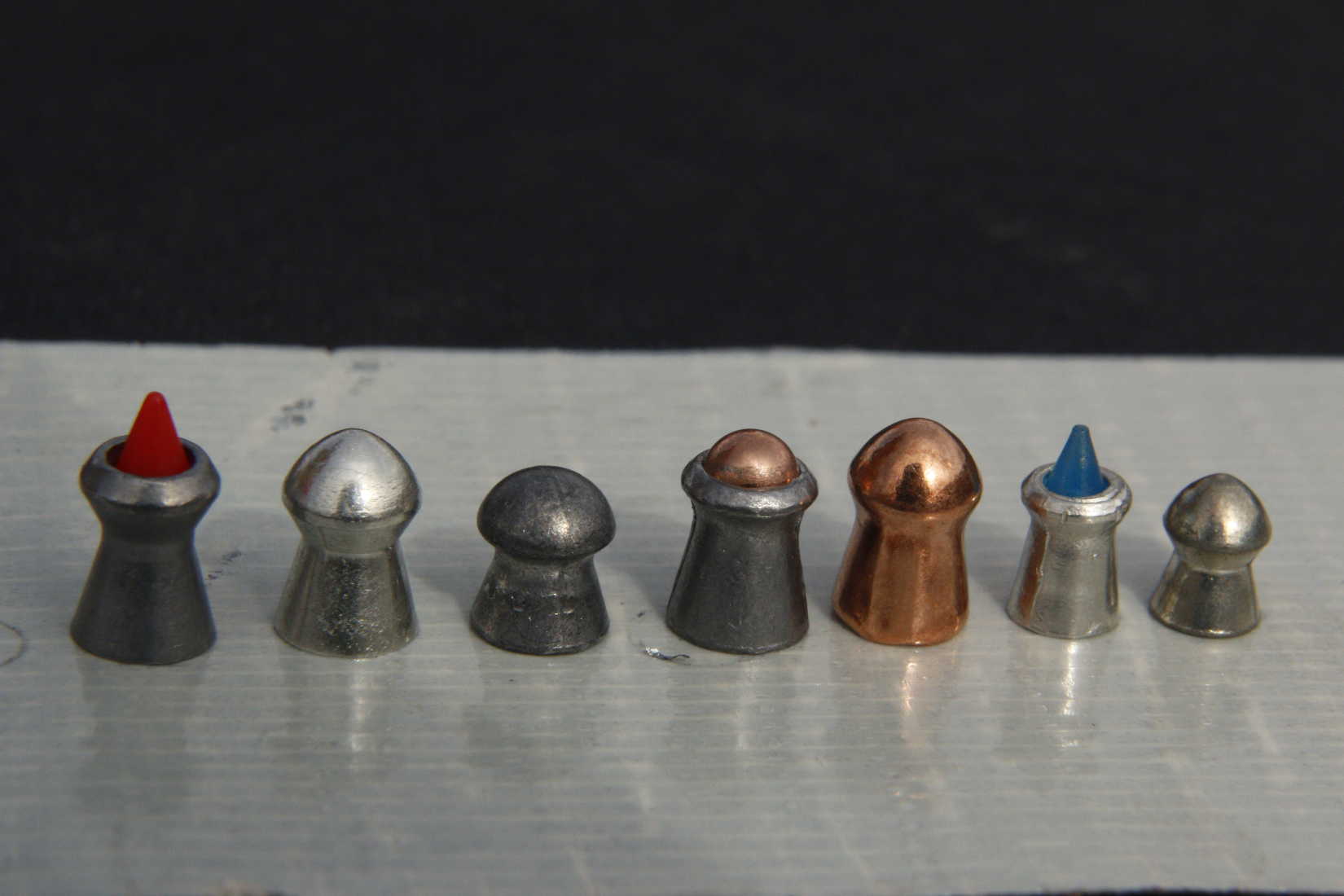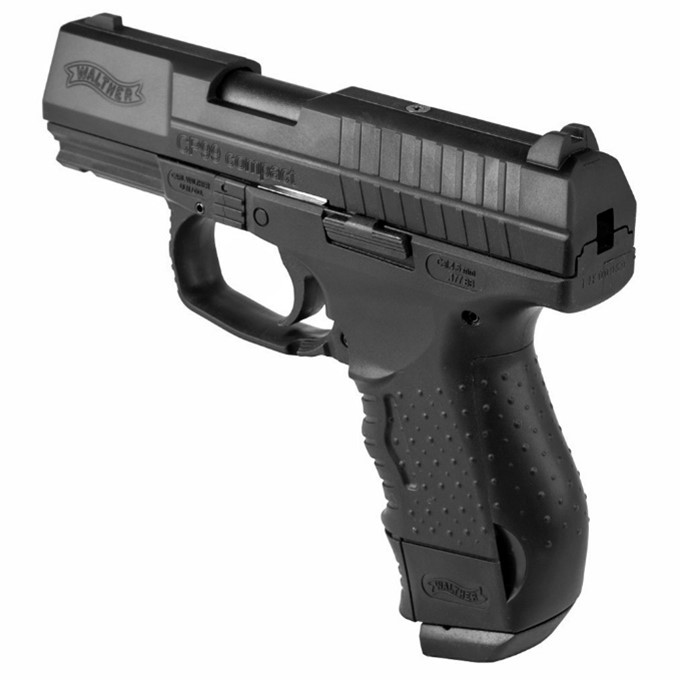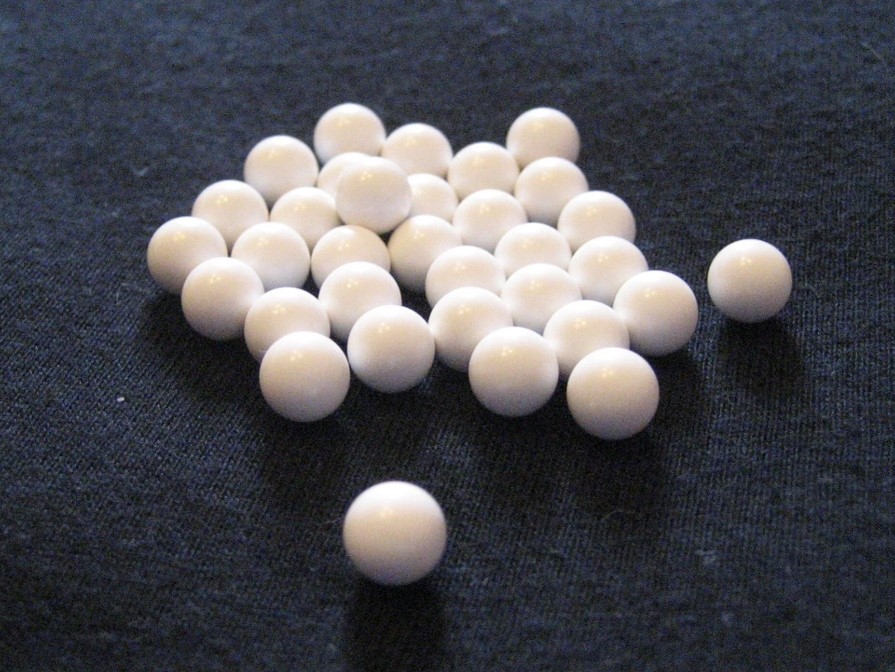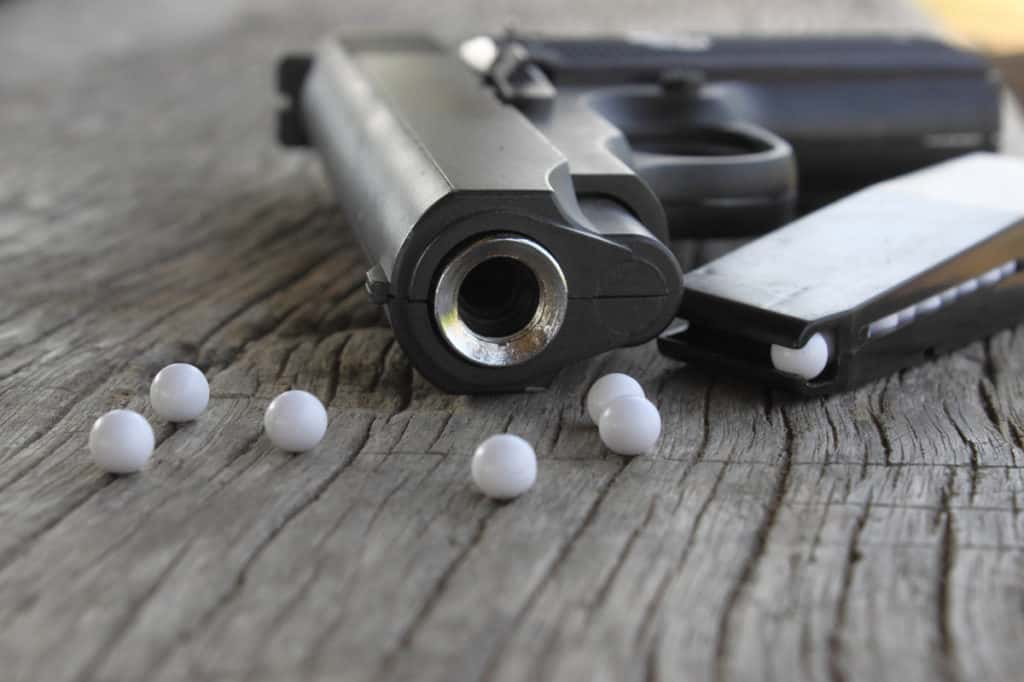Pellets vs BBs: Comparison
BBs and air gun pellets are so similar yet so different. The guns that fire them have a lot in common as well.
The guns even look similar. BBs and air gun pellets might look very similar to you but, in reality, are completely different.
What factors determine two ammunitions to be different from one another? Where exactly are they contrasting?
BBs and air gun pellets are very different ammunitions in terms of:
- Shape
- Size
- Weight
- Material
- Behavior
- Magazine fit
- Price
If you are new to the world of air guns, things might initially be a tad bit dizzy. Don’t worry; we have everything covered.
This piece will cover the differences between BBs and air gun pellets.
On reaching the end of the article, you can figure out what is best for you- a BB gun or an air rifle.
Exploring the Basics: Pellets vs BBs
At first glance, pellets and BBs may appear similar—both are small, round and used as ammunition in air guns. However, their similarities end there.
These two types of ammunition are designed for different purposes and are distinguished by their shape, size, weight, material, behavior upon firing, magazine compatibility, and cost.
Let’s explore these differences in detail.

Shape: A Critical Distinction
Pellets are crafted in various shapes to serve specific shooting objectives. Here’s a closer look:
- With their distinct flat head, Wadcutter pellets are designed for target shooting, creating neat, round holes in paper targets for easy scoring.
- Domed or round nose pellets boast superior aerodynamics, making them ideal for hunting and long-range shooting, thanks to their ability to retain velocity over distance.
- Pointed pellets feature a sharp tip for better penetration, suited for hunting small game where precision is key.
- Hollow point pellets are engineered to expand upon impact, transferring more energy to the target, which is crucial for hunting applications.
- Slug pellets mirror the shape of traditional bullets and are valued for their long-distance accuracy and performance.
- Diabolo pellets have a unique wasp-waisted shape and a hollow tail, enhancing their stability in flight and making them versatile for various shooting disciplines.
BBs, on the other hand, are consistently spherical. This simplicity in shape restricts their aerodynamic efficiency but is perfect for plinking and recreational shooting, where precision is less critical.
Size and Weight: Influencing Performance
The caliber of pellets and BBs, indicating their diameter, varies, with pellets available from 0.177 to 0.50 inches to match different air gun designs and shooting practices. BBs are generally in the 0.177-inch size, suited for specific BB gun models.
Some of the standard sizes of air gun pellets are:
- 50 inches
- 45 inches
- 357 inches ( or 9 millimeters)
- 30 inches ( or 7.62 millimeters)
- 25 inches ( or 6.35 millimeters)
- 22 inches ( or 5.5 millimeters)
- 20 inches ( or 5 millimeters)
Heavier pellets offer stability and energy upon impact, enhancing their hunting and precision shooting performance. BBs, being lighter, are more affected by wind, which can decrease their accuracy at longer distances.
Material Considerations: Impact and Environment
Pellets are predominantly made from lead or lead-alternative materials, addressing environmental and health concerns. Innovations include biodegradable pellets, aligning with eco-friendly shooting practices.
BBs have transitioned from lead to primarily steel, coated to prevent corrosion, with biodegradable options for those conscious of their environmental impact.

Behavior in Flight: Safety and Accuracy
Pellets, with their aerodynamic design, excel in accuracy and range, making them the preferred choice for precision activities like hunting and competitive shooting.
BBs, due to their round shape, are more prone to ricochet, which necessitates careful consideration of the shooting environment to minimize safety risks.
Magazine Compatibility: Loading Efficiency
The design of BB guns often includes magazines capable of holding numerous BBs, facilitating quick reloads and continuous firing. In contrast, air rifles for pellets may feature rotary magazines or single-shot mechanisms, influencing the reloading speed and shot capacity.
Price Considerations: Affordability vs. Quality
Pellets, given their variety in design and material, can range in price, with higher-quality options commanding a premium, especially for competitive shooting or hunting. BBs, generally more affordable and sold in bulk, offer a cost-effective solution for casual shooting and practice.
BB Gun: A Detailed Glance

Since times immemorial, lead has been used to produce weapons. In this case, also, lead was used to manufacture BB gun ammunition for a long time in history.
You can still find them online if you look hard enough. Having said that, lead is no longer used in the industry as it was earlier. It is barely used.
If you want to use an air gun to shoot the BBs, you should use steel BBs.
They do not look like fine, shining silver. They have more of a sepia tinge. A brownish, coppery texture.
This is due to the BB ammunition being covered in copper. Copper prevents the pellets from being corrupted, a common phenomenon in steel pellets.
Apart from metal, you can choose the airsoft BBs. Do not be misled by the ‘soft’ in their name.
Airsoft BBs can cause more than substantial damage to people, property, and objects.
The only difference is they weigh a lot less. If you want to go for the airsoft BBs, there are two options: biodegradable ones and non-biodegradable pellets.
Built to be more environmentally friendly, biodegradable BBs decompose in about 45 to 47 days if mixed with carbon dioxide and water.
This varies due to climate, region, and soil. This may take as long as 90 days under certain circumstances as well.
Ideally, they should be kept in a recycling facility. These can be kept indoors as well. The bullets can take more than 90 days to disintegrate if they are left outdoors.
The non-biodegradable ones will not dissolve no matter what condition you place them in, hence their name. The compound ABS (or acrylonitrile butadiene styrene) is not environment-friendly and thus does not disintegrate in nature.

